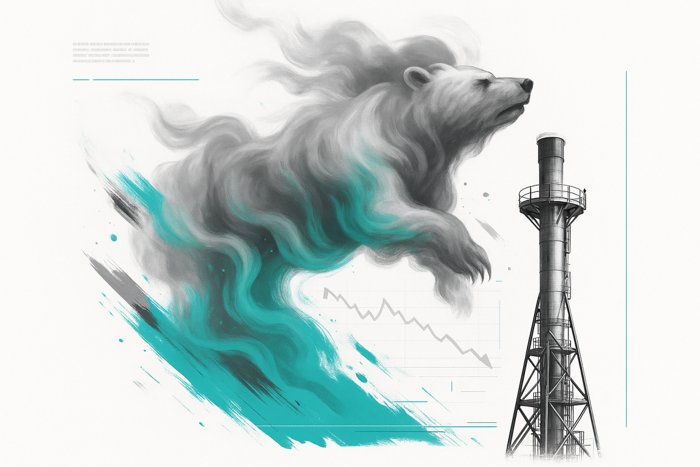Is Oversupply Still Leading the Narrative?
The market remains burdened by a steady stream of bearish supply data. The latest EIA report posted a +90 Bcf injection for the week ended September 12, significantly above the +81 Bcf consensus and the five-year average of +74 Bcf. Total storage now sits 6.3% above the five-year norm. That’s despite inventories being marginally lower year-over-year, a stat that’s offered little support as supply pressures continue to mount.
Lower-48 dry gas output reached 107.6 Bcf/day on Friday—up 6.1% from a year ago—while drilling activity remains elevated. LNG exports at 15.3 Bcf/day are steady but insufficient to absorb excess supply, especially with domestic consumption slipping as weather patterns cool.
Will Cooling Temperatures Drag Demand Even Lower?
After weeks of late-summer heat that propped up power burn, forecasts are now trending cooler. Atmospheric G2 is projecting lower temperatures across major demand regions starting September 24, reducing air conditioning needs and likely cutting power sector gas usage further.
National demand dropped to 73.1 Bcf/day last Friday, down 4.6% from the same time last year. While power generation has been a relative bright spot, overall consumption is now falling in line with seasonal patterns—weakening the demand floor at a critical technical juncture.
Can Technical Support at $2.887 Hold?

